We received an amazing email this week that really got us thinking. A customer wrote for clarification on the tasting notes we've written about our Stargazer dark roast blend, which we describe as having notes of caramel, hazelnut, and graham cracker:
"This may be a strange question, but I am gluten intolerant, a true Celiac, and I would like to know if you actually add caramel and graham crackers to the roasting of the beans," she asked.
The short answer, of course, is that we would never add anything to our coffees! In fact, our primary goal in roasting is to showcase coffee as it is, and to highlight its distinct attributes through gentle and precise roasting. It is our assumption and hope that most of you reading this understand the intention behind publishing tasting notes on coffees, but this recent email was a stark reminder of the folly in making assumptions and revealed a considerable blind spot in our communication with our customers. So it seems only appropriate that we take a moment to discuss coffee tasting notes, and our approach to describing the unique characteristics of the coffees we offer.
Tasting Coffee
Drinking coffee is often more of a ritual than a sensorial experience. We may drink coffee to start our day or to take a break in the middle of it. Usually our attention is invested in the goings on around us, the planning of a day, or the people with whom we are sharing a conversation. One of the many things we love about coffee, however, is that when given a bit of focus, truly tasting the coffee you drink can deepen your appreciation of the beverage and even connect you with the place it was grown in a way that few other things can.
From a technical perspective, the process of tasting coffee occurs in both our mouths and our noses. Our tongues tend to detect relatively basic characteristics such as sweetness, acidity, and bitterness, while our noses are responsible for unlocking the "flavors" of a coffee, such as chocolate, berries, or toasted nuts. For most coffee lovers beginning a deeper dive in the appreciation of coffee tasting, these two experiences are often completely intertwined, but as you taste a variety of coffees, a palate for the intricacies of coffee can develop and soon what once tasted like a cup of coffee, is now a complex array of flavors and texture.
Tasting coffee is one of the most important parts of our job; we rely on our taste analysis for purchasing decisions as well as evaluating our roasts. Before a coffee reaches your mug, it has been "cupped" (a term used for a particular, somewhat standardized, method of tasting coffee) many times in its journey from farm to cup. Cupping is a fun, educational experience, and similar to a wine tasting flight, offers an opportunity to taste several coffees at the same time, which helps tremendously in detecting the differences between coffees. We hope to open our roastery for regular public cuppings down the road, and I imagine we'll dedicate another journal entry entirely to the practice of cupping soon.
One of the best first steps in learning to taste coffee is referring to a "Coffee Tasters Flavor Wheel" like the image below. This circular graphic helps in identifying the nuanced flavors of coffee by first choosing a broad category in the center, such as "fruity" or "floral." These larger categories are then refined into sub-categories, and often to an even finer, more specific description. You can find versions of this graphic online to print out for reference, or you can purchase the official Specialty Coffee Association Flavor Wheel.

Tasting Traits
There are a number of things to look for when tasting a coffee, but for our purposes, when evaluating a coffee we are assessing five main traits:
- Sweetness
- Acidity
- Body / Mouthfeel
- Balance
- Flavor
Some coffees may have more or less acidity, lighter or heavier body, fruitier or earthier flavor, and rather than judging a coffee based on these attributes and grading a coffee "better or worse" in our assessment, we like to think of it as trying to understand the coffee. We may base our buying decision on what we like, but as we tend to like a variety of flavor profiles, we try to find coffees that have a diversity of traits across the spectrum in the hopes that our customers find one that suits their preferences.
Each of our listings online and labels on our coffee bags describe the different characteristics that we've noticed while cupping the coffees. While far from complete, we hope that these tasting notes serve as a preview of what's in the bag and a starting point for your own tasting journey.

Why do coffees have different flavors?
You may see a coffee from Ethiopia described as having notes of blueberry, jasmine, and chocolate, whereas a Peruvian coffee advertises Raisin, Plum, and Brown Sugar. Where do these flavors come from and why are they there?
I find that one of the easiest ways to talk about coffee tasting notes is comparing coffee to wine. The analogies between the two beverages are many, but for our purposes today let's talk about flavor. Most people are familiar with the fact that Cabernet Sauvignon has a different character than Pinot Noir. Additionally, a Pinot Noir produced in California will be different from one from Burgundy, France. Even two Pinot Noirs from the same region, but grown at different elevations, or with different viticultural techniques, or aged in different vessels will vary drastically from one another. The exact same comparisons can be made about coffee.
In very basic terms, the flavor character of a coffee relies on these general factors, in no particular order:
- Origin of Production
- Genetic Variety
- Processing Technique
- Roast Profile
Origin
Just as any winemaker will tell you, "Great wine is made in the field," great coffee starts with quality production at origin. The climate, elevation, and farming techniques have a significant impact on the quality and character of a coffee. It is fair to say that, generally speaking, coffees from a particular coffee often share a similar flavor profile, though many exceptions exists and quality ranges greatly.
Variety
Like the varieties of wine in our example above, the Arabica species of coffee has many different genetic varieties that have either mutated or been selected through breeding. Bourbon, Caturra, Catuai, SL-28, Gesha, Villa Sarchi, and Pacamara are a few of the most well known varieties, but there are plenty of others including wild heirloom varieties and new experimental varieties in the works. Each variety is chosen not only for its own distinct flavor characteristics, but also for its compatibility with a given climate or growing region.
Processing
Processing the coffee cherry into a green seed ready for roasting may have one of the largest impact on coffee flavor. Some regions are known for dry, or natural, processing where the coffee is left to dry in the sun, which tends to impart a fruitiness to the coffee due to keeping the surrounding fruit mucilage in tact for several days. Other countries are known for washing their coffees immediately after harvest, essentially removing the fruit right away through a process of fermentation. Countless other variations of processing have become popular, and today you will find nearly all processing techniques being used in every country.
Roasting
Finally, roasting technique and the degree to which a coffee is roasted has a considerable effect on the flavor of a coffee. Many roasters have made their name by creating distinct and consistent roast profiles across their coffees - ever wonder why Starbucks always tastes like Starbucks? Other roasters, ourselves included, like to think of roasting as the act of revealing the true nature of the coffee, rather than imparting any "roast flavor" on the coffee. We find certain coffees shine when roasted light, and others perform well under more heat and darker profiles. Each decision made while roasting can have an impact on the resulting flavor of the coffee, and we take this very seriously in our attempt to showcase the coffee and tell its story.

Where Tasting Notes Fall Short
I find coffee tasting notes to be helpful and even fun at times, but no tasting note can fully describe such a complex and interesting beverage. Placing too much focus on a nuanced flavor may lead to missing the big picture. Some roasters go so far as to describe a coffee as tasting like kumquat, Dutch baking chocolate, or mossy tree bark (I've tasted it!), but what if you've never had a kumquat or are allergic to the food it is purported to taste like? There's a limit to the value of overly specific tasting notes.
Another area where tasting notes fall short is the fact that every person has a different palate. What tastes good to one, may taste bland to another; one man's bittersweet chocolate is another man's black tea. I've had cupping sessions where one person couldn't get the taste of cherry cola out of their head, while the other couldn't detect it. Tasting is an individual journey.
Tasting notes in coffee are also typically very nuanced and subliminal. Does our Congo Twende taste like orange juice? Absolutely not. But, somewhere deep in the depths of the coffee's complex chemical makeup there seems to be a compound that reminds us of something we've tasted in fresh squeezed orange juice. That is all. The coffee still mainly tastes like coffee, with a few unique hints of other recognizable flavors for interest.
For these reasons and more, we try to publish broad, generally agreeable, tasting notes as a starting point for diving deeper into the coffee. We try to refrain from specific and *** descriptions, and prefer rather to note a category such as chocolate, berries, citrus, or floral when we can.

It's Still Just Coffee After All
The beauty of coffee is you can take it as seriously as you want, or don't want. It's a wonderful beverage that wakens the mind, stirs the soul, connects you with the wonders of our environment... or it's just a warm, comforting start to your day. How deep you dive into the journey of tasting coffee is up to you!
We'll keep on tasting and sharing our thoughts on the coffees we offer, but please take them or leave them as you see fit, and know that in the end it's still just coffee after all. Just remember one thing, we will never put anything in your coffee other than the beautifully complex and interesting coffee bean we love to roast.
Have thoughts on coffee tasting notes? We'd love to hear them! Leave a comment below or shoot us an email anytime to start a conversation.
Happy sipping!
-Daniel
Read more
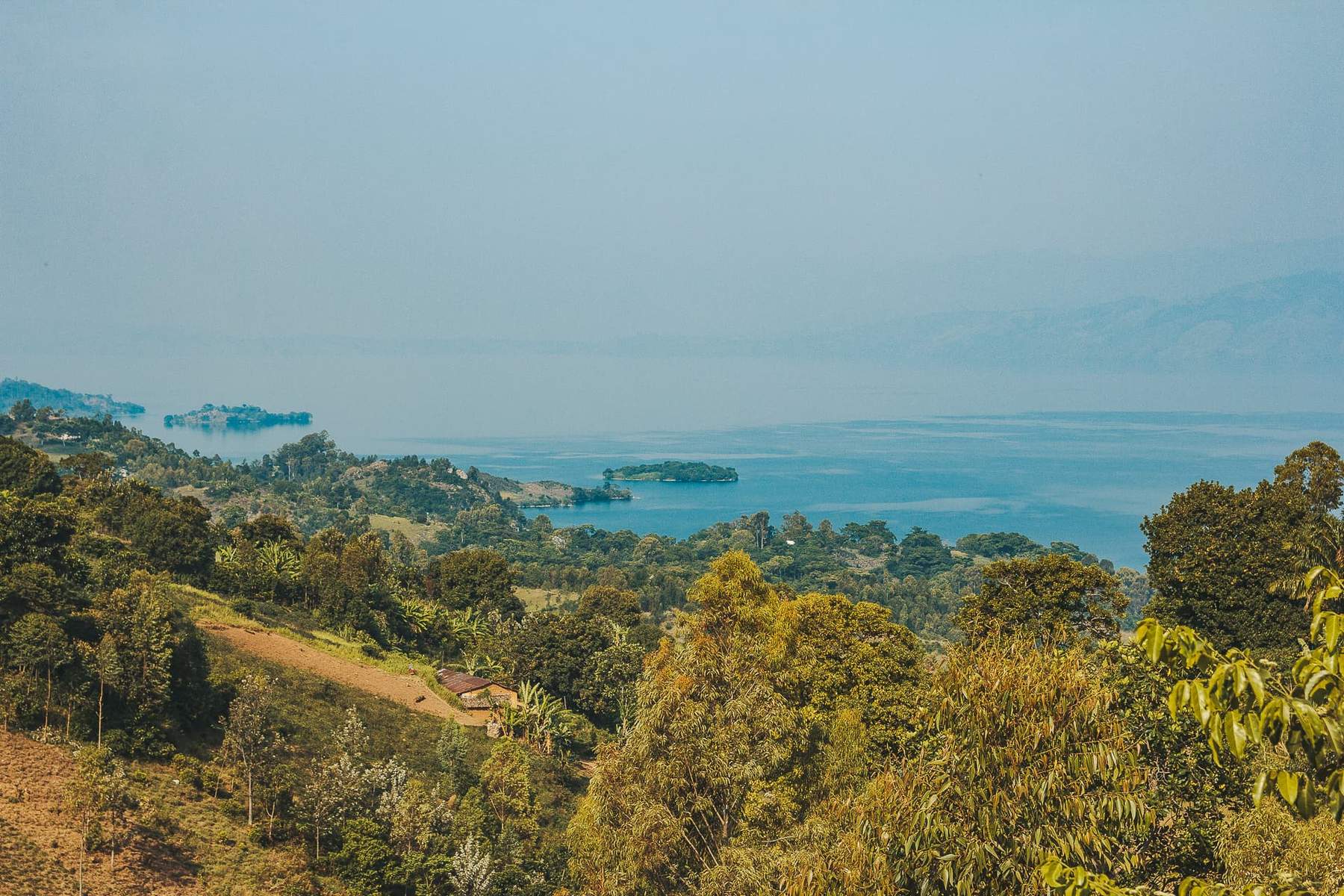
If you’ve been with us for a while, you’ll know that while we’ve rarely met a coffee we didn’t like, we have a particular affinity for coffees grown in Africa. East Africa, and Ethiopia in particu...

The AeroPress is somewhat of an anomaly when it comes to great manual coffee brewing equipment. It isn't exceedingly attractive, shiny, or gear-lust-worthy. It wasn't invented by a Japanese craft...



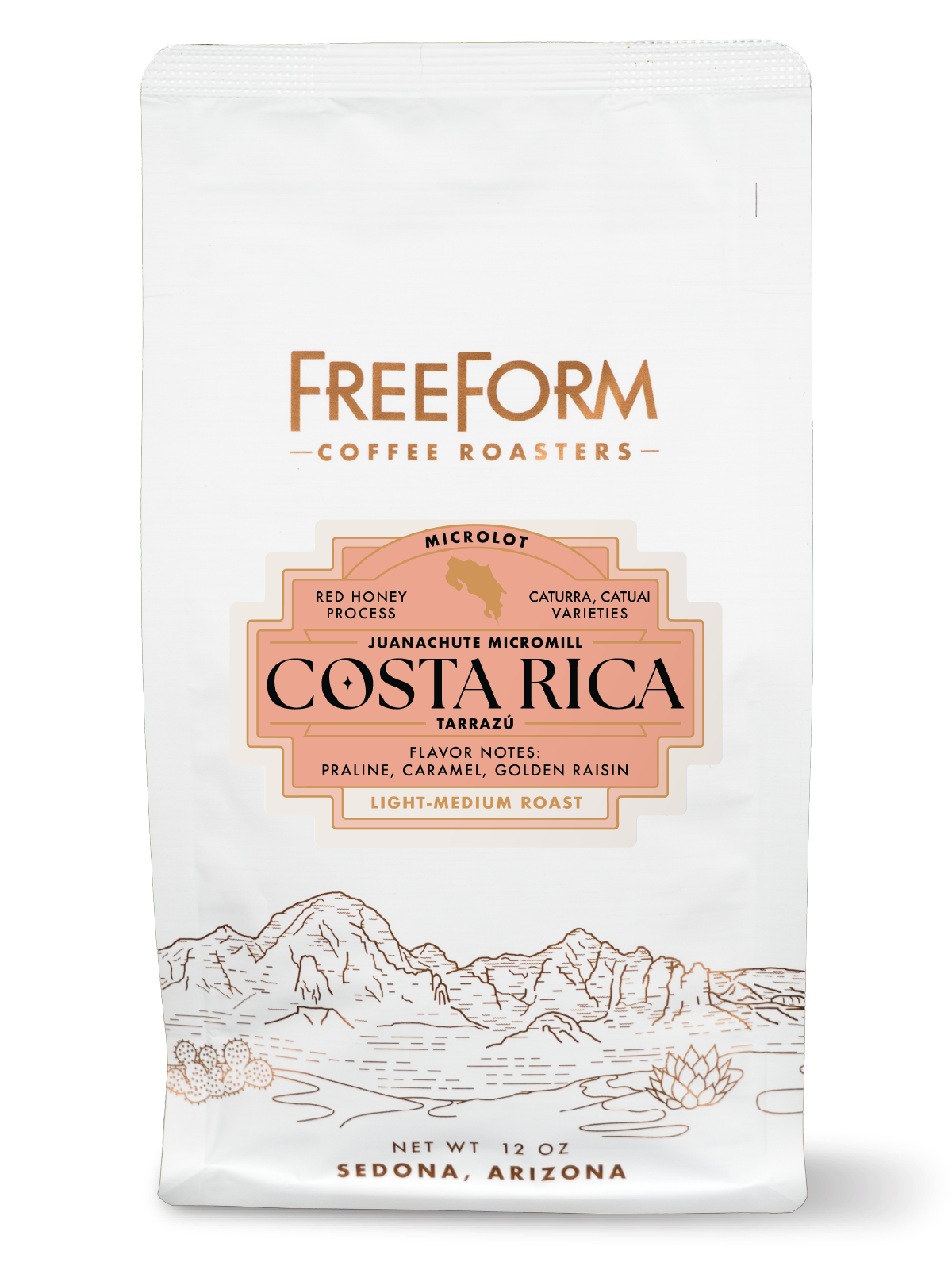

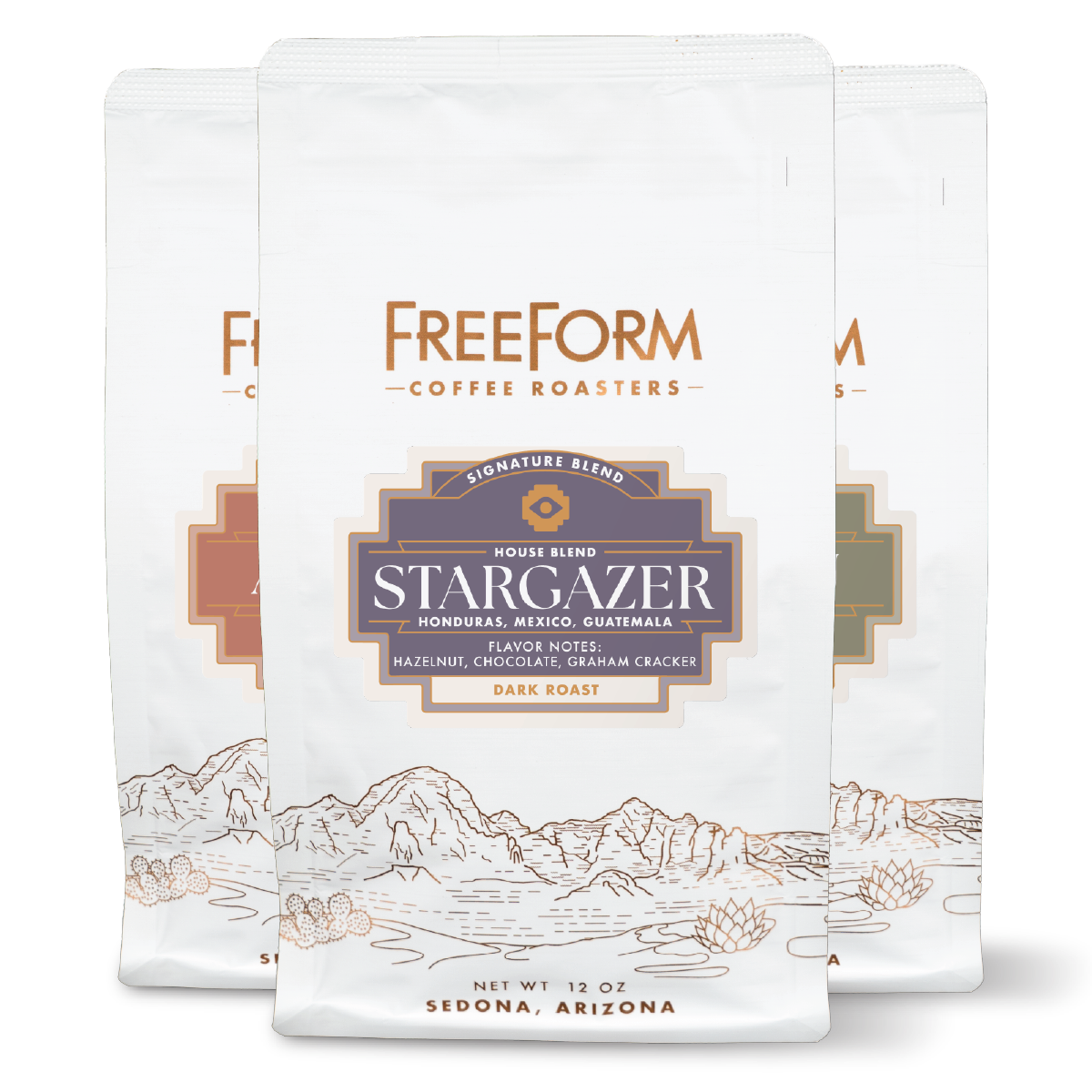

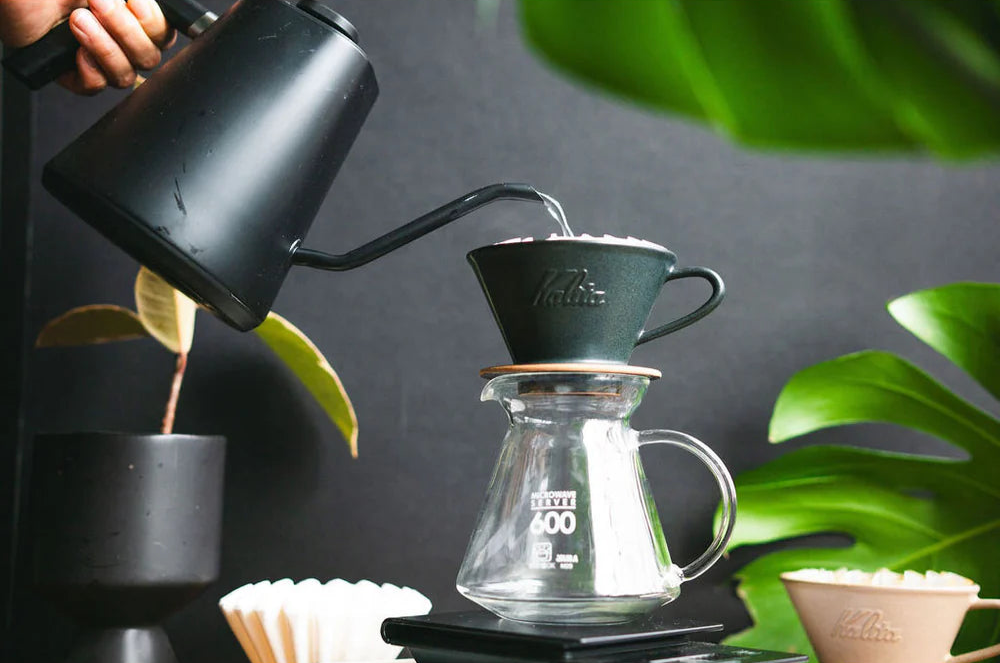
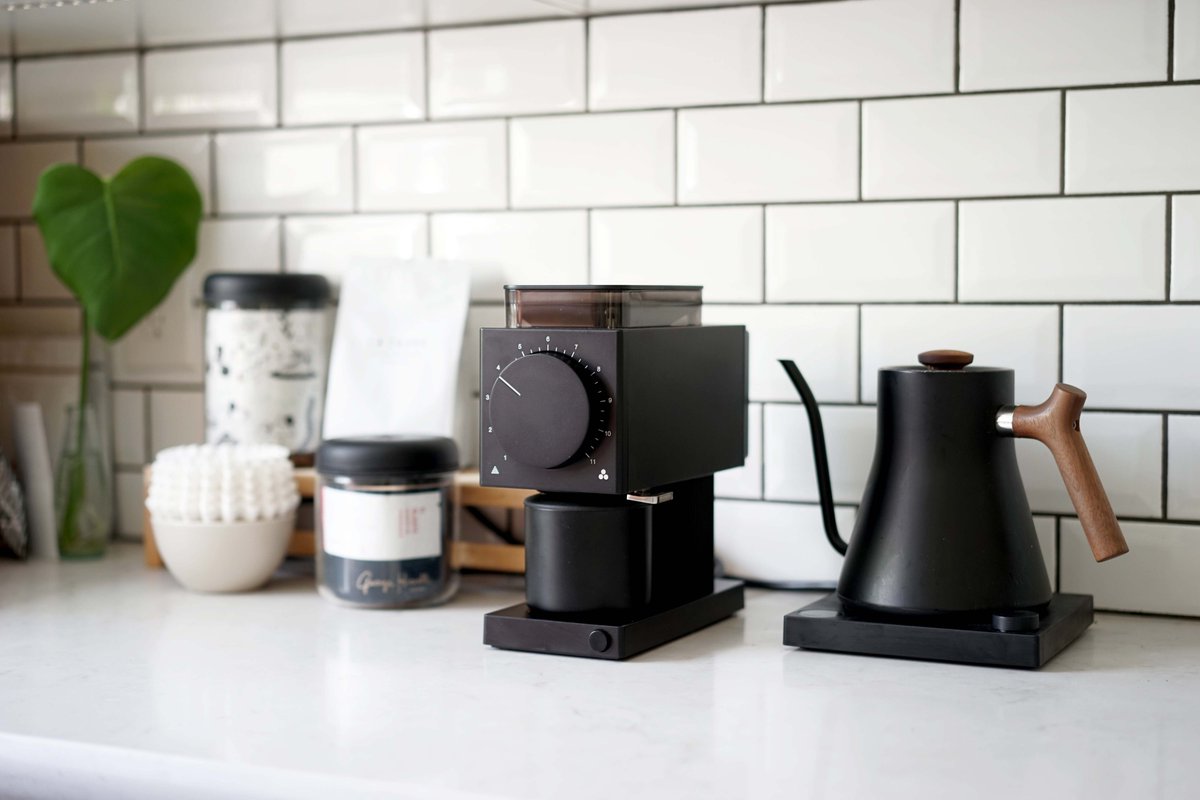
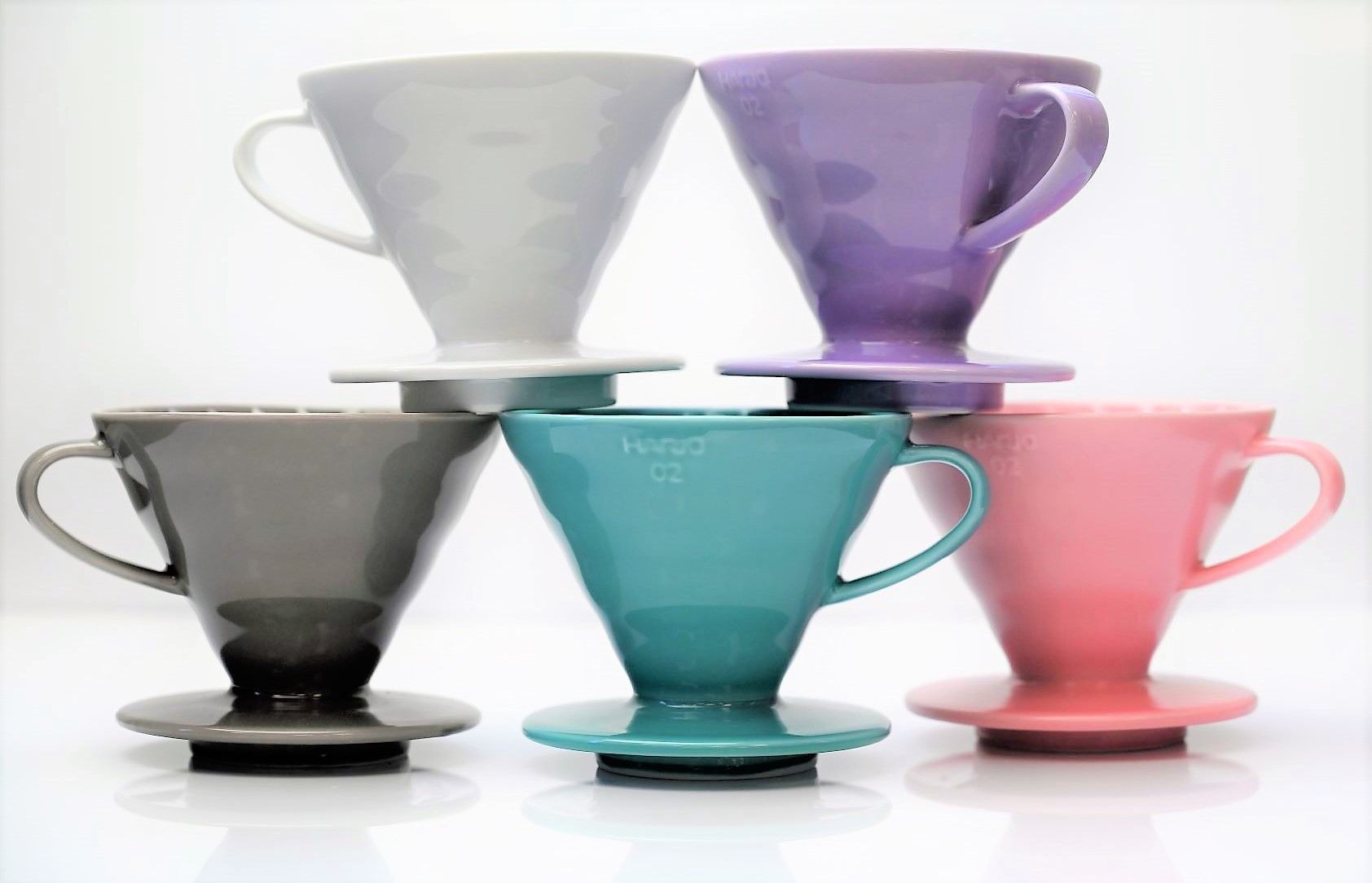
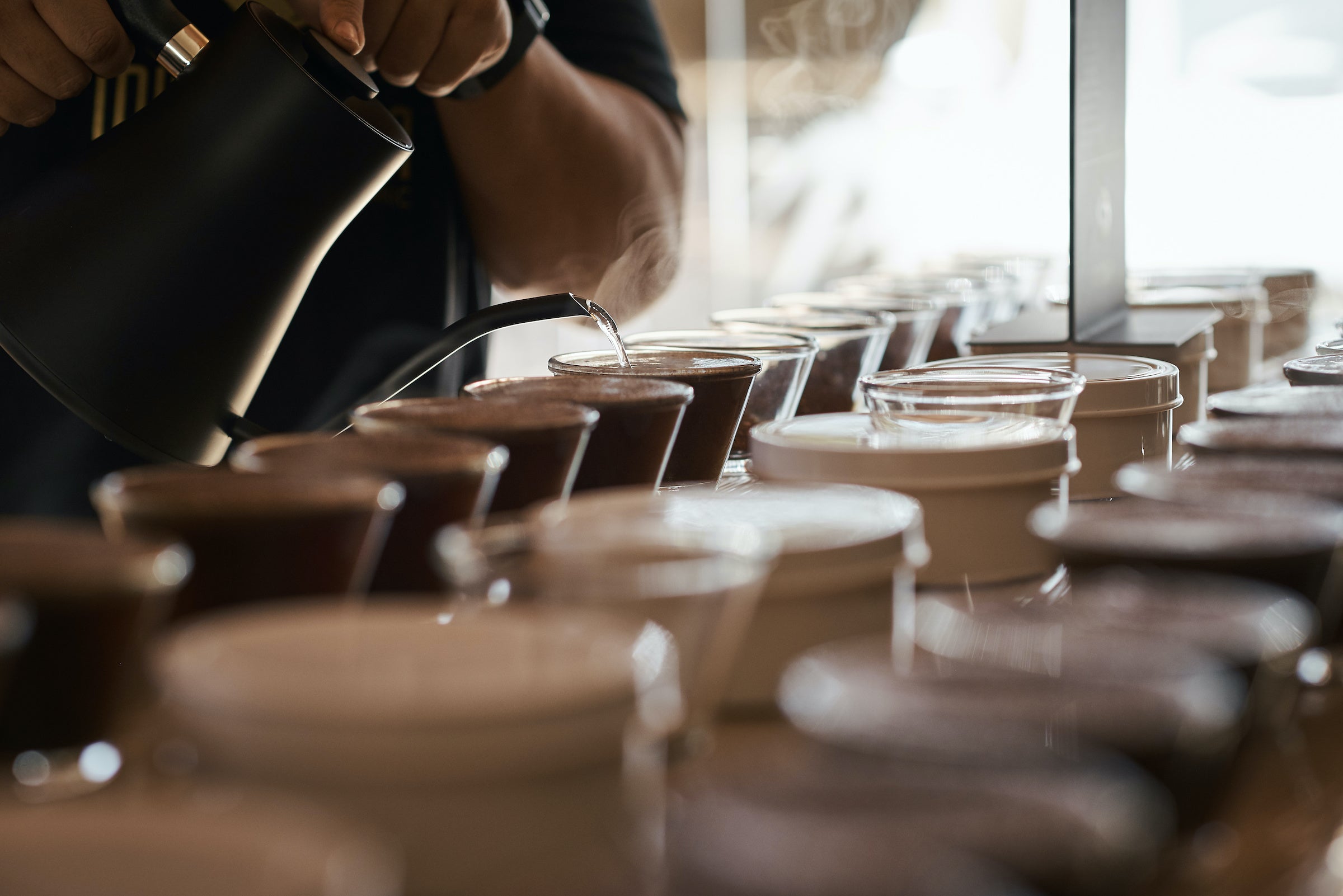




Leave a comment
All comments are moderated before being published.
This site is protected by hCaptcha and the hCaptcha Privacy Policy and Terms of Service apply.